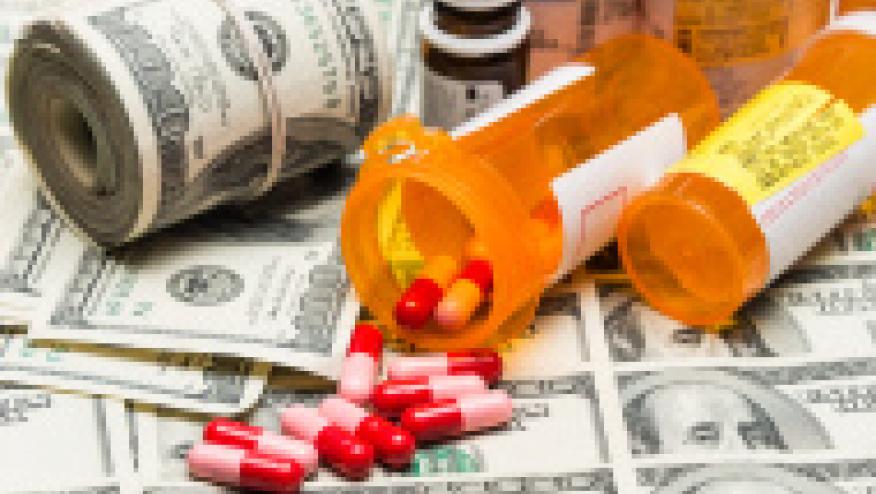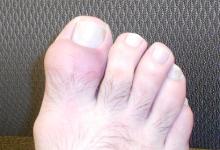Patient's Out-of-Pocket Costs for New Drugs Sky-Rocketing Save

The good news: in 2015 the FDA approved a record number of new drugs (n=45).
The bad news: most new drugs entering the market today have an exorbitantly high price tag.
The introduction of new drugs for hepatitis C, cancer. multiple sclerosis, rheumatoid arthritis (RA) and psoriasis often have an annual price tag of $50,000 to $100,000. New drugs have driven up the total U.S. prescription-drug spending by 12.2% in 2014, five times the prior year’s growth rate, according to CMS.
With such high prices comes a greater demand on the patient's copay costs. Out-of-pocket prescription-drug costs rose 2.7% in 2014, according to CMS. Growing numbers of patients are opting to not take much-needed medications for cancer or RA because of out-of-pocket costs that are often over $5000 annually.
The Affordable Care Act has capped commercially insured patients’ out-of-pocket costs for all care, including drugs, at $6,850 per annum.
Manufacturers point to copay assistance (coupon) programs and specialty foundations that help to offset the high patient costs. However, such programs, along with rebates offered by manufacturers to pharmacy benefit managers and the proliferation of high priced pharmaceutical direct to consumer advertising, have many wondering if the prices of these new drugs is overly inflated.
As prices rise, Capitol Hill has taken notice and is currently investigating the rising cost of generics, price gouging and pricing of introductory medications. It's unclear if the current legislature will take action to ensure greater pricing transparency or control. The election is likely to fan the fire around drug pricing.







If you are a health practitioner, you may Login/Register to comment.
Due to the nature of these comment forums, only health practitioners are allowed to comment at this time.